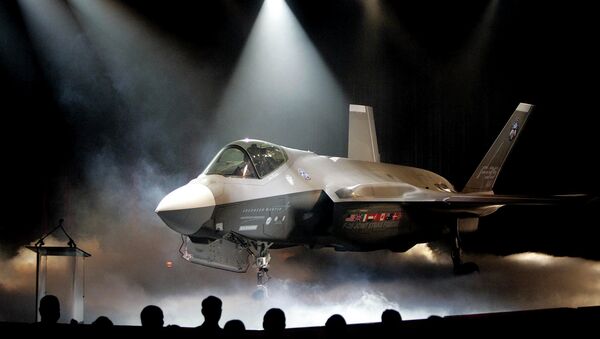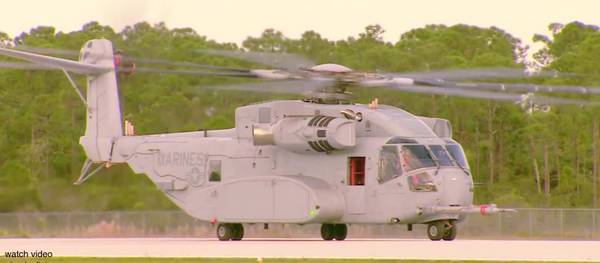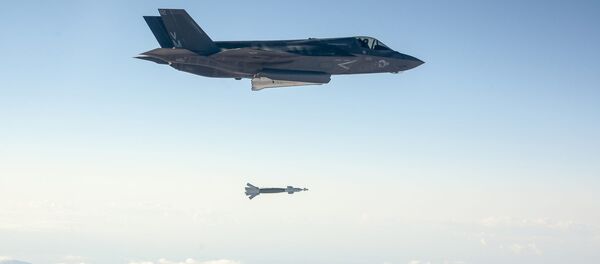“It’s a done deal,” said Orlando Carvalho, executive vice president at Lockheed’s aeronautics division. Since last November, Lockheed has been contemplating various legal measures, but they have been ruled out, Defense News reported.
“We have resolved our differences with the government over LRIP [Low Rate Initial Production] 9,” he said, adding that the defense contractor “accepted” what happened. “That’s behind us.”
The company previously complained that LRIP 9 was not a “mutually agreed upon contract,” arguing instead that it was a “unilateral contract action,” according to a Lockheed spokesman. The defense company was “disappointed” by the unilateral action since the company “negotiated in good faith” for the 18 months leading up to LRIP 9. Another official said that while the cost differences between the government’s bid price and Lockheed’s asking price were “small,” taking unilateral action to move forward with the LRIP 9 was a “fundamental issue.”
Moving forward, the company hopes to cut the price of a single F-35A joint strike fighter to $85 million. “We’re going to do everything we can to get costs out of the airplane,” the executive said.
The Pentagon has agreed to buy more than 2,000 F-35 jets, but in practice the Defense Department and Lockheed Martin negotiate every contract to work out details, including how many F-35A, F-35B and F-35C aircraft will be transferred, the price per jet and delivery timelines.
Costs for the F-35B and C variants are much higher than the A variants. US President Donald Trump ordered Defense Secretary James Mattis to "determine opportunities" for reducing F-35 costs, which Trump has berated as "out of control."



